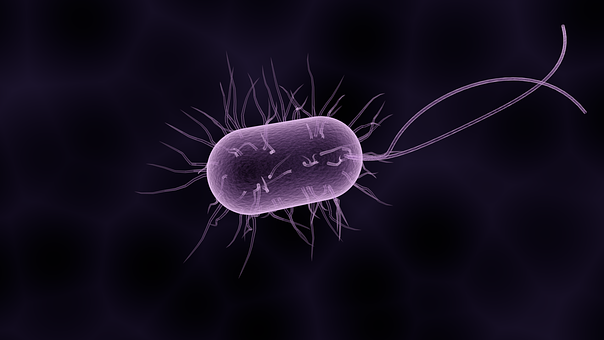by Lucy Munves ’19, Head Production Editor

Sexually transmitted infections (STIs) are some of the most common topics discussed during sex-ed — and with good reason. However, talking only about prevention can be an issue. One in two adults will contract a STI by the age of 25, and, because of a lack of education in this country, you probably won’t know what your options are if you get one. Common symptoms of STIs are unusual discharge, sores or warts, pain while urinating, pain during intercourse, and itching and soreness. Here are a list of some of the most common STIs and their treatments.
Syphilis:
If caught early, syphilis can be treated with a single dose of an antibiotic. A person who is being treated for syphilis must wait until the sores that appear upon contraction of the disease heal entirely, in order to avoid infecting others. A longer course of antibiotics may be needed if the STI is not diagnosed right away. If left untreated, syphilis can become much more serious, so the earlier you get tested, the better.
HPV and Genital Warts:
The body will actually clear itself of the HPV virus after a few months. However, for women, it is important to have regular pap smears, as the virus can cause abnormal cells to form in the body. Genital warts can be treated with various gels or creams that can be prescribed by a primary care provider. These may require several rounds of treatment before you are cured. In order to prevent further transmission, it is important to make sure that all skin lesions are completely healed before having unprotected sex with a partner.
Chlamydia:
Chlamydia is the number one cause of preventable infertility among young adults in the United States for one (somewhat scary) reason: it is often entirely symptomless. Once diagnosed, chlamydia can be treated with a short dose of antibiotics. After finishing the antibiotics, you should wait seven days before having unprotected sex with a partner in order to prevent transmission.
Gonorrhea:
This is another type of STI that can show no symptoms. Gonorrhea can be treated with a short dose of antibiotics, and is diagnosed with a urine test. It is important to wait seven days before having sex with a partner after finishing the course of antibiotics.
Herpes:
There is currently no permanent cure for herpes. However, certain antiviral medications can be taken to lessen the severity of outbreaks and make them less frequent. Even if there are no visible sores on your genitals, it is still important to use a condom when having sex, as sores may be inside the body and not visible to the naked eye.
Pubic Lice:
This is an incredibly common STI among college students, and it is fortunately very easy to treat. Special shampoos are available, either over the counter or by prescription. You should also wash all of your bedding and clothing, especially underwear, in hot water. It isn’t necessary to fumigate the room.
Pelvic Inflammatory Disease (PID):
PID is often caused by chlamydia and gonorrhea that are left untreated. It can be treated with antibiotics. However, if the infection is serious enough, intravenous antibiotics may be necessary.
These are just a few of the most common STIs that college-age students contract. While it may be upsetting to get an STI, it is not the end of the world — many are treatable. Remember, if you test positive for an STI, you always have to tell any previous sexual partners and encourage them to get tested. You must also inform all sexual partners that you have an STI while you are STI-positive. There are many resources available for testing, such as the Health Center and the Planned Parenthood in Utica. When in doubt, it is always better to get tested, and those who are sexually active should do so regularly.

















